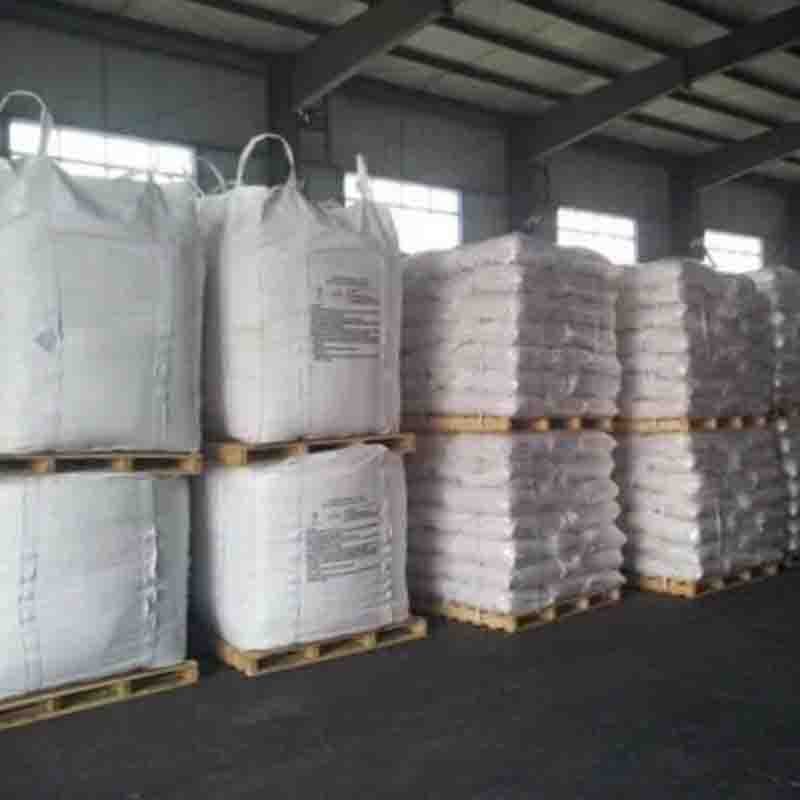Bis(di-tert-butyl(4-dimethylaminophenyl)phosphine)dichloropalladium(Ⅱ) CAS: 887919-35-9
| Catalog Number | XD93978 |
| Product Name | Bis(di-tert-butyl(4-dimethylaminophenyl)phosphine)dichloropalladium(Ⅱ) |
| CAS | 887919-35-9 |
| Molecular Formula | C32H58Cl2N2P2Pd(OCOCH3)2 |
| Molecular Weight | 710.1 |
| Storage Details | Ambient |
Product Specification
| Appearance | White powder |
| Assay | 99% min |
Bis(di-tert-butyl(4-dimethylaminophenyl)phosphine)dichloropalladium(II) is a coordination complex that consists of palladium atoms coordinated with two chloride ions and two phosphine ligands. This compound, commonly referred to as PdCl2(Dtbubpp), is a valuable catalyst in various organic transformations, particularly in cross-coupling reactions and C-C bond formations.One of the significant applications of PdCl2(Dtbubpp) is in Suzuki-Miyaura coupling. This reaction involves the coupling of an aryl or vinyl boronic acid with an aryl or vinyl halide, resulting in the formation of a new carbon-carbon bond. The presence of PdCl2(Dtbubpp) as a catalyst in this reaction significantly promotes the desired coupling, providing high yields of biaryl compounds. These biaryl compounds are essential building blocks in the synthesis of pharmaceuticals, agrochemicals, and materials science.PdCl2(Dtbubpp) is also efficient in the Heck reaction, which involves the coupling of aryl or vinyl halides with alkenes or alkynes. The catalyst facilitates the formation of carbon-carbon bonds under mild reaction conditions, providing access to a wide range of organic compounds. This reaction is extensively used in pharmaceutical synthesis, natural product synthesis, and materials chemistry.Furthermore, PdCl2(Dtbubpp) is employed in other essential reactions, such as Sonogashira coupling and Stille coupling. These reactions enable the formation of carbon-carbon bonds and are commonly used in the synthesis of complex organic molecules. PdCl2(Dtbubpp) enhances the efficiency and selectivity of these reactions, making it a preferred catalyst.The unique structure and stability of PdCl2(Dtbubpp) also make it suitable for catalytic C-C bond formations through carbon-heteroatom coupling reactions. For example, it can promote Buchwald-Hartwig amination, which involves the coupling of aryl halides with amines under mild conditions. This reaction allows for the synthesis of diverse nitrogen-containing organic compounds, including pharmaceuticals and agrochemicals.In conclusion, Bis(di-tert-butyl(4-dimethylaminophenyl)phosphine)dichloropalladium(II) or PdCl2(Dtbubpp) is a highly effective catalyst in various organic transformations. Its applications in Suzuki-Miyaura coupling, Heck reaction, Sonogashira coupling, Stille coupling, and Buchwald-Hartwig amination highlight its versatility in facilitating carbon-carbon and carbon-heteroatom bond formations. The use of PdCl2(Dtbubpp) as a catalyst enables the synthesis of a wide range of organic compounds with significant applications in industries such as pharmaceuticals, agrochemicals, and materials science.









